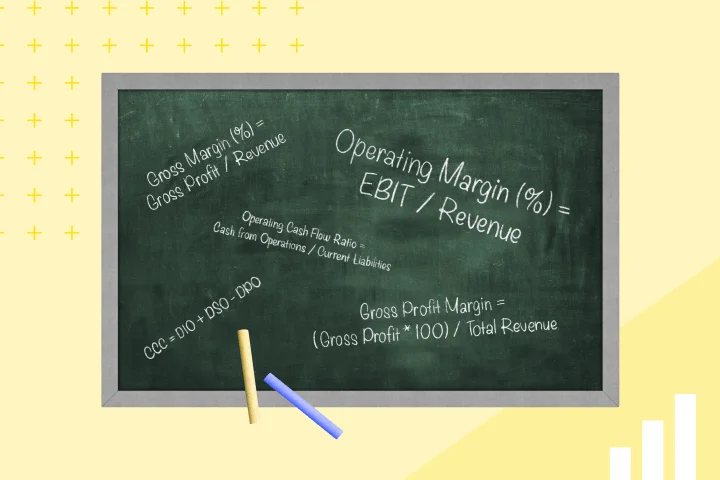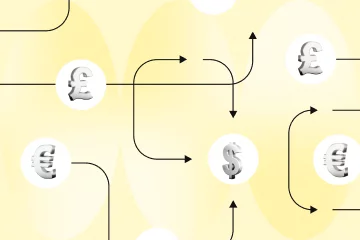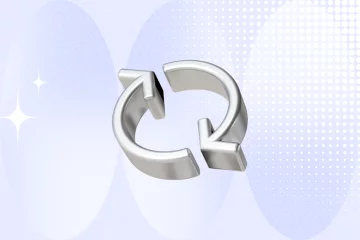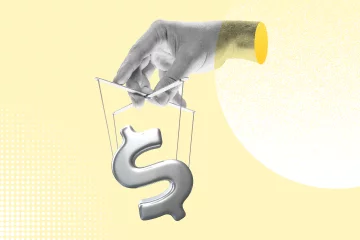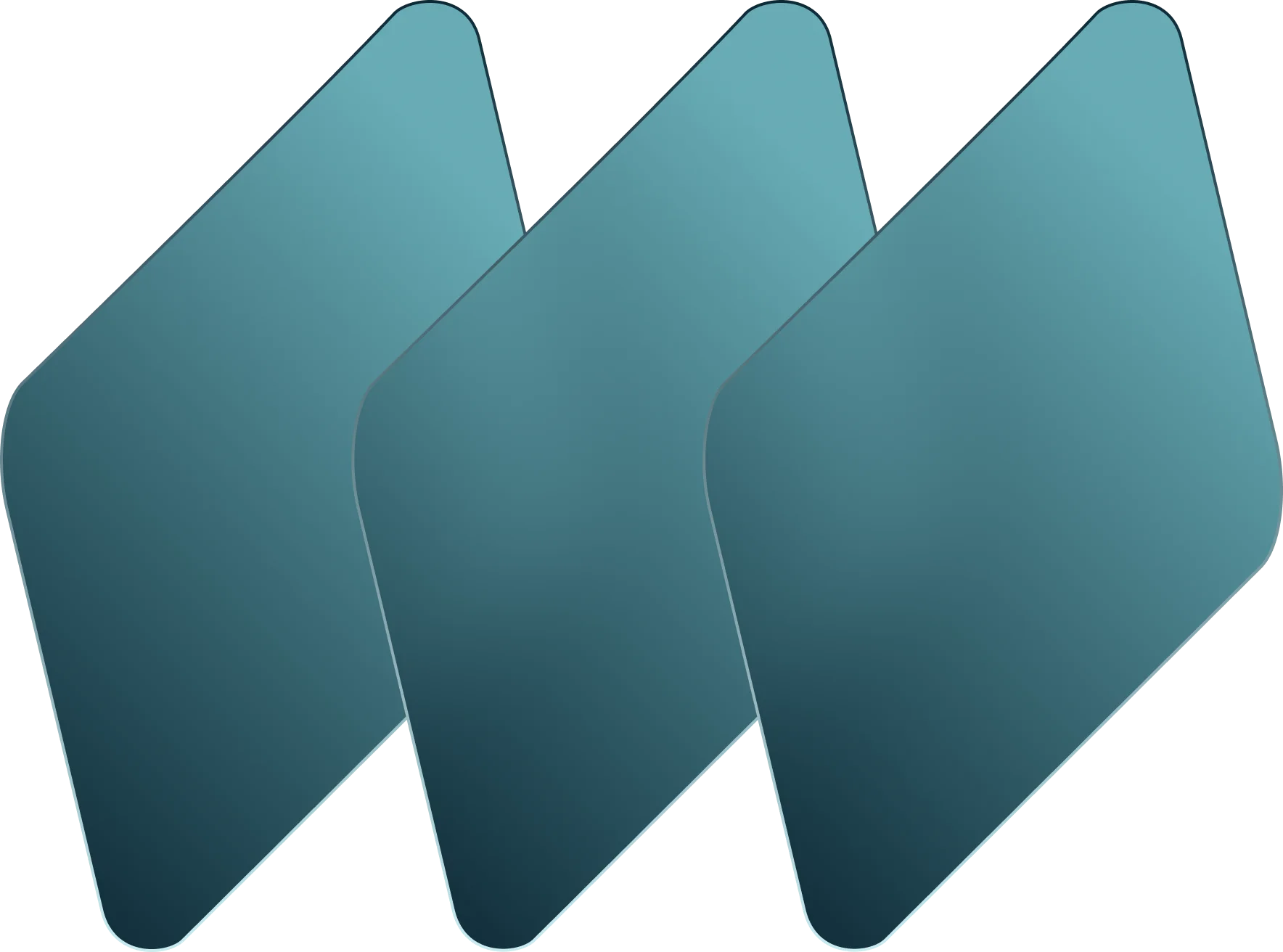Corporate credit cards have been the standard in business for decades, but that doesn’t mean they’re the only option out there. In fact, corporate credit cards are no longer the smartest or most effective way to spend company money.
Corporate cards provide limited financial visibility, create unnecessary additional work and leave companies vulnerable to fraud — all of which is to say, they are the enemy of cash flow control.
Let’s take a look at why cash flow control is so important, the ways corporate credit cards hinder that control and what alternatives are available.
What is a corporate credit card?
Traditional corporate credit cards are issued by companies and used by employees to pay for work-related expenses such as supplies, services or travel costs without needing to use their own personal credit cards or cash.
Corporate credit cards can be issued to individual employees or may be shared by departments and passed around between employees on an as-needed basis. So, one card is often used for many different purposes and shared between multiple people.
These cards should be governed by a corporate spend policy that outlines what the cards can and cannot be used to buy, and require a system of receipt collection by the finance department to verify purchases.
What is cash flow?
Cash flow refers to the transactions of money into and out of a company over a certain period of time. It receives money when it makes a sale, and it spends money when it has to acquire resources. If a company’s inflow of cash exceeds its outflows, its net cash flow is positive. If outflows exceed inflows, net cash flow is negative.
Why is cash flow control important?
Cash flow can indicate how well your business is doing financially. For instance, positive cash flow (more money coming in than going out) is generally a sign of success, while negative cash flow is indicative of trouble — and possibly complete failure if adjustments aren’t made quickly. In fact, 82% of failed businesses cite cash flow problems as a main reason for collapse.
So when it comes to cash flow, control is crucial. Without knowing exactly how much money is coming in and leaving your company’s coffers, it is very easy to slide into negative cash flow patterns. Having tight control over your company’s cash flow, on the other hand, allows you to anticipate trouble and course correct in advance before any major damage is done.
How to calculate your business’s cash flow
At the most basic level, cash flow is the amount of money that is moving in and out of your business at any time. However, there are multiple ways to calculate your cash flow, depending on the type of analysis you are looking for. Here are four common formulas used to calculate cash flow.
Cash flow statement
A cash flow statement provides details of a company’s cash during a specific amount of time. It takes into account the operating activities, investing activities, and financing activities of the business. By combining the earnings or loss of these three categories and adding it to the beginning cash balance, you get the end cash balance.
End Cash Balance = Operating Activities +/- Investing Activities +/- Financing Activities + Starting Cash Balance
Operating cash flow
Operating cash flow refers to a company’s total revenue minus operating expenses. It is also known as earnings before interest and taxes.
Operating Cash Flow = Operating Income + Depreciation – Taxes + Change in Working Capital
Free cash low
Free cash flow, meanwhile, refers to the amount of cash that is available to a business for use. This is money that is on-hand and can be used to reinvest into the business — whether that means purchasing new equipment, buying employees a holiday gift or paying down a business loan. It is calculated by subtracting capital expenditures from the operating cash flow.
Free Cash Flow = Cash from Operations – Capital Expenditures
Cash flow forecast
A cash flow forecast is calculated to project how much cash your business will bring in within a particular time period (typically a month or a quarter). To come up with the figure, add the amount of cash you start with to the projected cash flow coming in (invoices received and payments made to your business), then subtract the projected outflow of cash (payments your business will make and expenses).
Cash Flow Forecast = Starting Cash Balance + Projected Cash Inflow – Projected Cash Outflow
Tips for increasing cash flow
1. Implement incentives and/or penalties
Making sure that customers pay on time can ensure that you are consistently receiving the cash you are expecting and need to operate your business. Offer incentives to customers who make payments early or charge penalties for late payments (or both!) to encourage customers to make timely payments and keep your projections on course.
2. Lease instead of buy
If you need new company equipment like machinery, tech equipment or vehicles, consider leasing or leasing-to-owning instead of outright buying. This allows you to get the necessary items immediately without losing a large chunk of cash.
3. Negotiate AP terms
Go over your accounts payable terms with clients and suppliers, and determine if there is room to negotiate. If the contract allows for it, you can pay invoices later in the month without penalty — allowing you to keep more cash on-hand until you have received payments from customers.
4. Track and forecast
Map out your weekly/monthly/quarterly spending and identify trends that are likely to repeat. You’ll also when during a month you typically have more cash coming or going, and you can plan your own payments and deadlines accordingly to ensure that you have an optimal amount of cash on-hand at all times.
5. Control company spending
Make sure you know where all company spending is happening at all times. Only then will you be able to identify where you can cut wasteful spending and save on any unnecessary cash outflow.
Why traditional corporate credit cards are the enemy of cash flow control
It should come as no surprise then that corporate credit cards in the possession of employees that can be charged anywhere in-store or online can quickly become troublesome to a company’s spend control.
Here are just some of the ways corporate credit cards impede cash flow control.
Limited real-time visibility
With traditional corporate cards, the finance department gets their insights from monthly statements — which means employee overspending can go unchecked for weeks at a time. This also makes it difficult to identify and stop fraudulent spending immediately.
Additionally, tracking each individual corporate card through monthly statements is time-consuming and makes it difficult to compare spending trends over time.
Lack of control
Other than a maximum spending limit, corporate cards offer little in the way of spend control. Purchase approvals still need to be either in person, on paper or via email — and even then, unapproved purchases can still be made with corporate cards.
Corporate credit cards also don’t have the ability to block purchases at particular vendors or types of purchases (i.e. alcohol). Furthermore, the expiry date is issued and controlled by the card issuer rather than the finance department, so time-sensitive allowances can still be spent by employees after their intended time period.
Disconnected from accounting software
Corporate cards are not integrated with ERPs and accounting software, making it difficult for the finance team to get a complete picture of company spending.
After waiting until the end of the month, collecting monthly statements and chasing employees for receipts, the finance team still has to complete the time-consuming process of manually entering all of the corporate card spending into the accounting software.
Furthermore, purchases are not automatically categorized and corporate cards may be shared between employees, making it doubly difficult to accurately record exactly who spent what.
High risk of fraud
The lack of visibility and control are a breeding ground for fraudulent use of corporate cards, especially internally amongst employees who know that the finance department doesn’t have real-time monitoring capabilities.
But the simple act of employees carrying a physical card also leaves your company vulnerable to external theft and fraud. Cards can be lost or stolen and used to rack up charges until somebody notices and takes steps to contact the credit card issuer.
A fraudster doesn’t even need to physically have the card on them to commit theft. In fact, card-not-present credit card fraud is on the rise. All that is required to make fraudulent purchases this way is the name of the cardholder, the card number and security code — all of which appear on the physical card and are frequently entered online.
A better alternative to corporate cards
A spend management system that also issues virtual cards eliminates all of the aforementioned issues with traditional corporate cards.
Visibility
Visibility is increased because finance teams can set up real-time notifications for every time a transaction is made. Approval workflows can be programmed automatically or push notifications can be sent when special permissions are required.
All virtual cards can be managed from a single platform with a dashboard view that you can customize to highlight what is most important to your business. It’s an easy way to get a company-wide overview of financial health in real time.
Control
Spend management software and virtual cards also give finance teams an incredible level of customizable control over employee spending. Budget limits can be placed on any cards, and purchases will automatically be declined if an out-of-budget purchase is attempted.
Additionally, cards can be locked to specific vendors (i.e. for a recurring SaaS subscription) so that they cannot be used for other unapproved purchases from unapproved vendors.
You can also configure your virtual cards to enforce the company’s spend policy, ensuring that no restricted purchases are made. Furthermore, you can set expiry dates on virtual cards for time-sensitive allowances (i.e. an employee’s birthday meal that expires after a month).
Integrations
Unlike traditional corporate cards, virtual cards and spend management software can be fully integrated with your ERP and accounting software. This increases the accuracy of your reporting because every single transaction with company money is automatically recorded, reconciled and stored in real time. In addition to creating an audit trail, this process also means that you can get up-to-the-minute updates on your company’s finances — allowing you to make informed decisions even when reacting to sudden market changes.
Security
Virtual cards give you added security by eliminating the threat of physical card theft or misplacement, but Mesh cards take security even further.
In addition to virtual cards, Mesh offers Plug & Pay™ cards that allow users to link virtual cards to a physical card that has no identifying information on it. So, you can make work-related purchases in person, while ensuring that the money comes from the right budget and is categorized correctly.
As for protecting, Mesh’s virtual cards real-time notifications alert users to suspicious activity, and compromised virtual cards can be deactivated immediately with the click of a button to prevent further fraud.
To learn more about how Mesh can help your company take control of cash flow, schedule a demo with one of our team members.
-
Get the latest blogs from Mesh by subscribing to our newsletter

